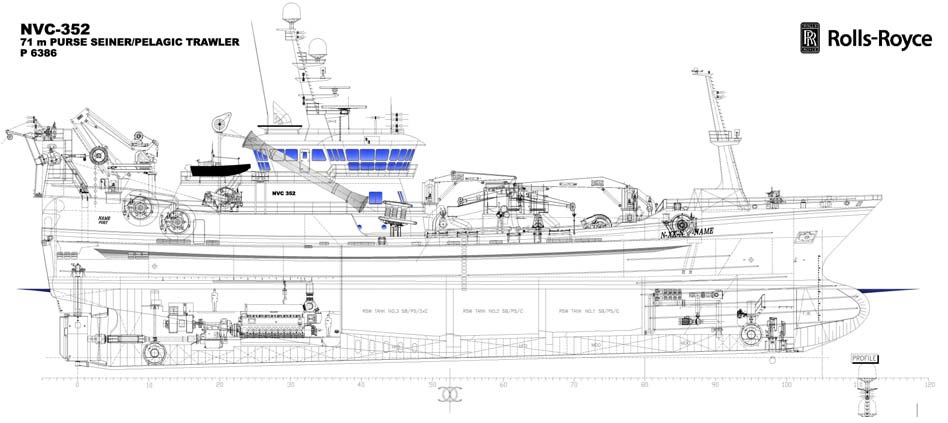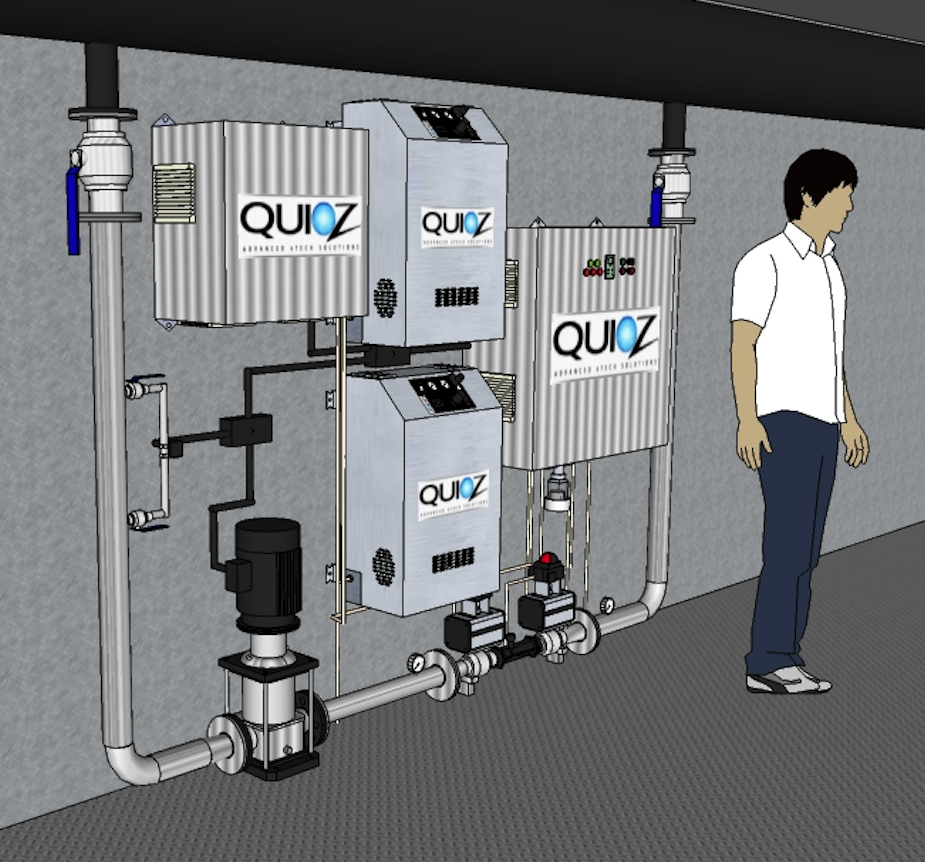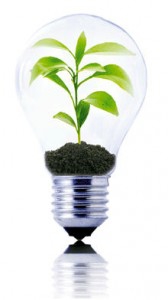Marine Ozone Solutions
Most sophisticated fishing vessels around the world today have Refrigerated Sea Water (RSW) Systems installed. (Instead of the fish being packed in ice). This means that fish are preserved in sea water that has been chilled to a temperature slightly below zero. At this temperature range, the water will be just as cold as ice and removing heat at a very fast rate, the bacteria action is almost stopped, but the fish does not freeze. This is a fantastic invention, one which offers so many advantages over ice; the catch is cooled more rapidly, less effort is required to stow and unload it, and there is less likelihood of fish being crushed or losing weight. In addition the sea water can be safely lowered to such temperatures without freezing the fish contained in it. Other advantages are effective washing and bleeding, and a tendency to firm the flesh of the fish, which can aid further processing.

Traditional RSW system cleaning
The only drawback of this system is that it’s been extremely un-practicable to clean. Traditionally after fish have been unloaded, tanks are hosed down with clean water and a suitable detergent applied. Filters are then removed and cleaned. The tanks are then finally filled with cleaned water (not dock water), which is then pumped overboard to flush through the pipes. The tanks are then ready to receive clean sea water or fresh ice for the next trip.
This method does not really reduce the growth of the biomass inside the pipes, which will greatly reduce the efficiency and yield of the RSW system. The temperature of the seawater will only drop to let’s say 42 degrees F, bacteria will flourish in fresh blood and the quality of the fish suffers. If you’re only holding 2-300 tons of a total 2000 tons storage capacity, this could mean you’re forced to steam the 4 to 8 hours back to home-port without throwing your nets again. With increased fuel-expenses this can seriously start eating away at your profits. Another negative aspect of this method is the detergents and chemicals which are dumped overboard, damaging the local fauna and ecosystem. This has been specially destructive in South America, where local small-scale fishermen wake up to find millions of dead sea-life floating with their belly up and being washed ashore. Considering the price of a RSW system is about USD$ 1M for a large industrial fishing vessel, there’s been many dissatisfied customers who’s experienced a serious decrease in productivity after 3 to 4 years.
The QUIOZ Way
During the past decade, Quioz and its applications partners has searched for alternative methods to flush and clean these RSW systems. By injecting ozone through a simple by-pass loop using a injector, it quickly became clear that ozone would effectively remove the biomass which was stuck inside the pipes, coagulate the sediments and float them to the surface – simultaneously disinfecting all surfaces. Ideal ozone-levels would be about 450mV (0.15 to 0.2 ppm). After a thorough ONE-TIME 48-hours flush treating all pipes and tank onboard, the systems maintains it’s clean and sanitized surface by gently applying ozone for short periods of time when the vessel takes onboard clean water while steaming out to sea. Correctly installed and configured, this onboard ozone system quickly becomes an indispensable tool.

Controlled ozone injection into the RSW system further enhances this fantastic system, and acts as a unique complement in order to extend the shelf-life of the fish. Please contact our project engineers for further information and price-quotations.
Please contact us via email at: . For info in Spanish, kindly visit our website covering Latin America: www.quioz.cl


Web-Design By QUIOZ MKT | © 2025 Quioz Scandinavia AS
